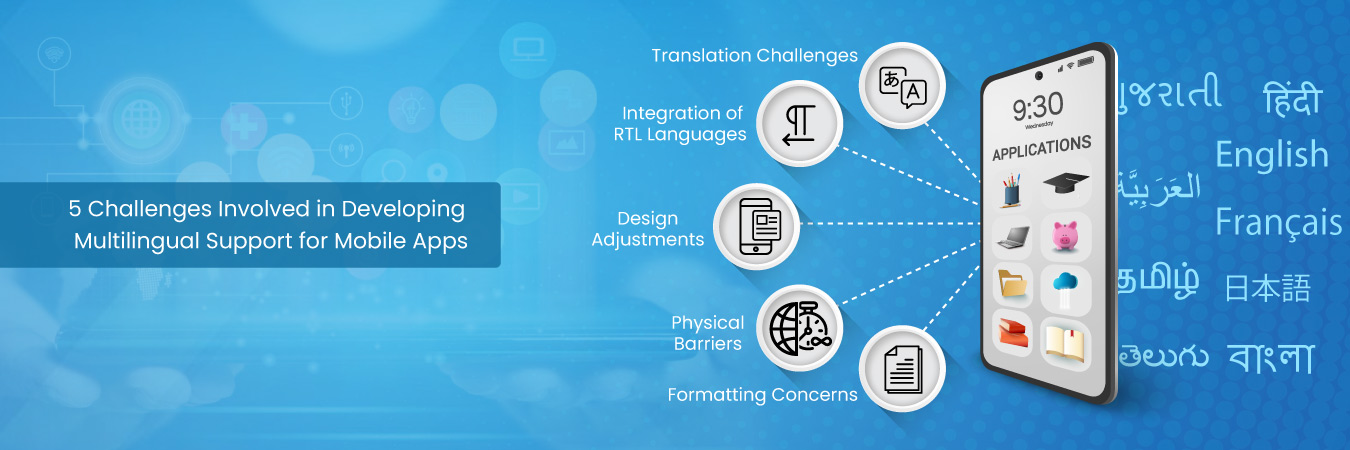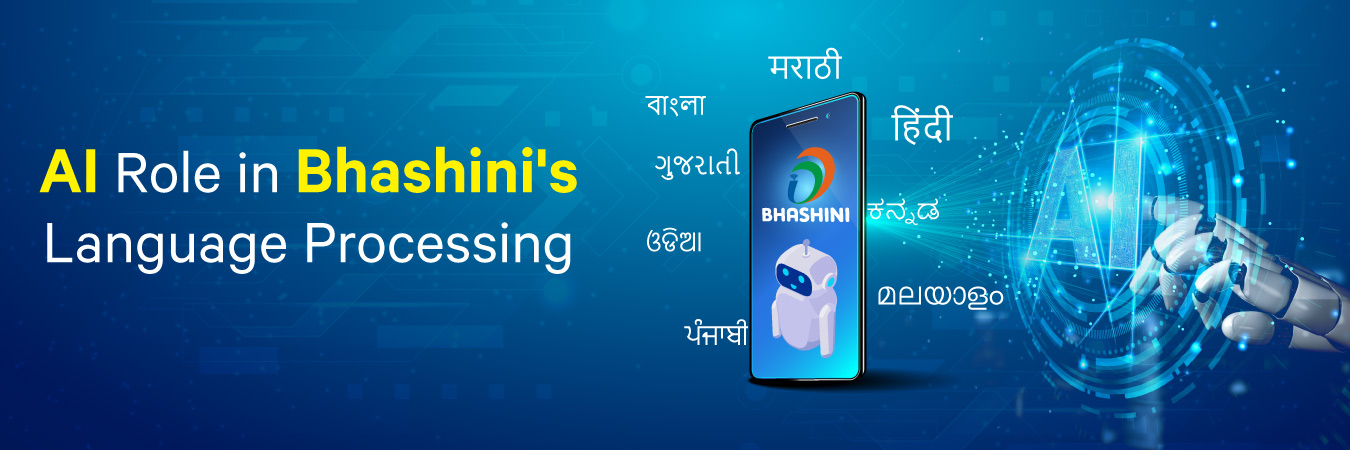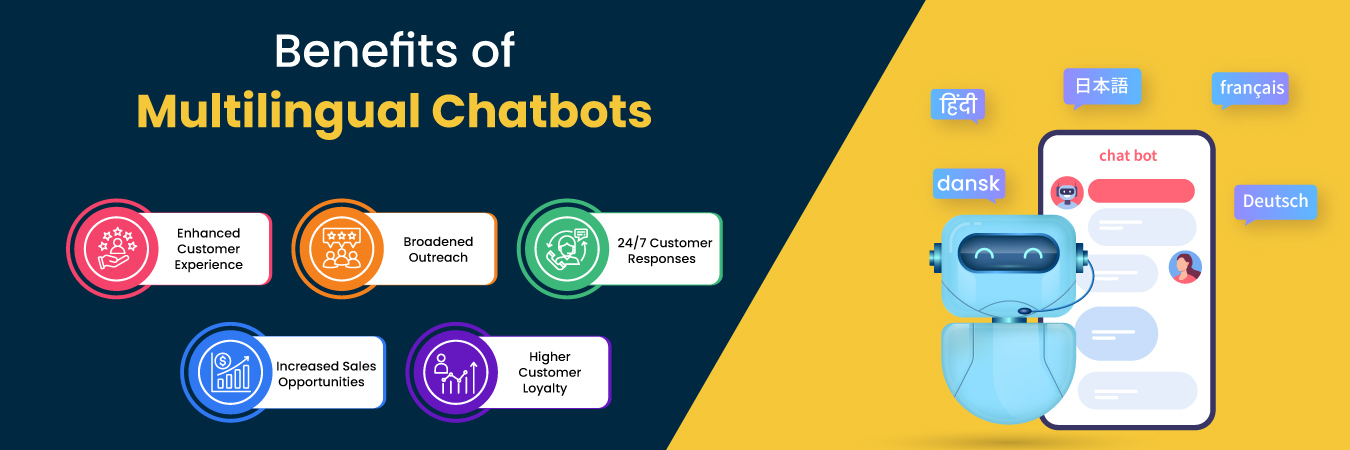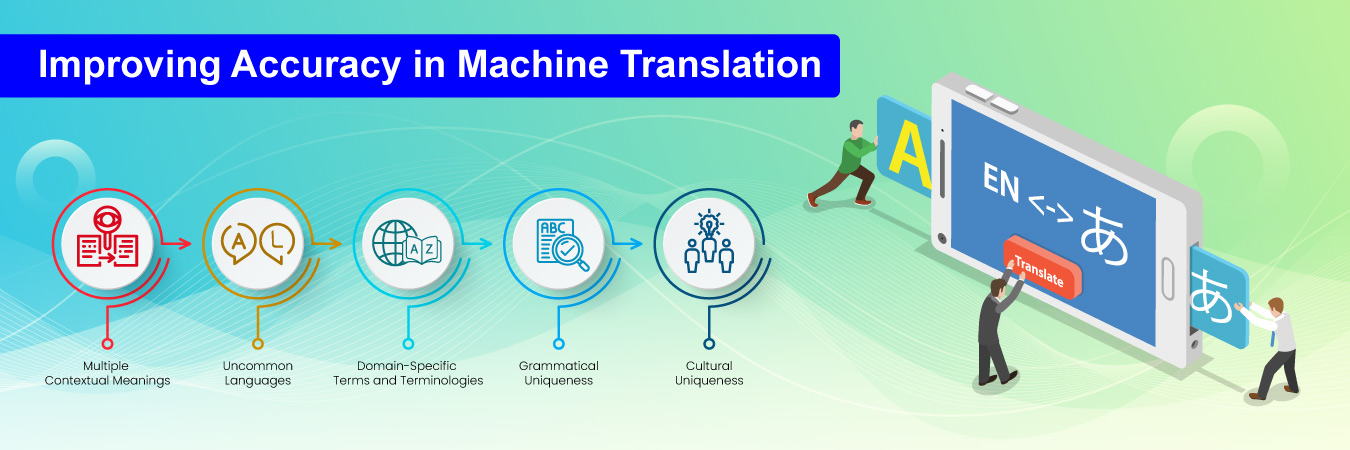
5 Challenges Involved in Developing Multilingual Support for Mobile Apps
Multilingual mobile apps can help you penetrate regional markets and strengthen your local presence. A solid local foothold can further help you tap regional business opportunities and grow your business.
While everyone knows this, very few may know that developing multilingual mobile app support isn’t as straightforward. It involves various challenges that require a fastidious approach and extensive local language expertise.
Accordingly, let’s delve into five significant challenges that could impede multilingual support for mobile applications.
1. Translation Challenges
Translation between languages may appear easy. But things are different when you attempt to switch languages in mobile apps. Here, you are required to change not only words but etiquettes, values and various other factors to match the local context and click with the intended users.
While translating for mobile apps, companies can adopt two approaches. Human and machine translation. While human translation could be a bit slow, it offers contextual, sentimental and creative advantages.
On the other hand, machine translation might be quick enough. But it lacks human intelligence. Hence, the outcome might not be as polished or resonating as it could be with human translation.
2. Integration of RTL Languages
Integrating RTL languages is another significant challenge. Arabic, for instance, follows a completely reverse right-to-left pattern. Thus, while translating text from, say, French to Arabic or Hindi to Arabic, one must consider multiple factors like the layout, buttons, icon placements, images, drop-downs, etc. While working on these aspects, errors could create chaos and directly affect user experience!
3. Design Adjustments
Every language is unique. But it isn’t only the grammar that poses challenges while developing multilingual mobile applications. Design adaptation and adjustments are other crucial aspects developers have to deal with.
Multilingual apps require them to revamp the overall app design to suit the local context, enhance readability and provide a seamless multilingual content experience. Since it begins with design, companies must thus be careful and keep the multilingual aspect in mind during the initial design planning phase.
4. Physical Barriers
While delivering world-class user experiences, multilingual mobile apps must do a ropewalk while maintaining the local essence.
Language interpretations are related to geographical frontiers. Thus, developers and language experts must contemplate various variations of a particular piece of content. Some common challenges in this regard include integrating local places of interest and transitioning between various time zones.
5. Formatting Concerns
Text formatting is a tactical challenge. Hence, you must avoid bold and italics in a text while dealing with the RTL aspect. They make readability a challenge for the user. Ensuring right alignment of the text and selecting the right fonts can help.
Unlock Opportunities with Multilingual Mobile Apps with FidelSoftech
Challenges are deemed to be part of everything. Multilingual mobile app isn’t an exception to it. But FidelSoftech can help you overcome challenges.
Our expertise in 100+ Indian and foreign languages and a deep understanding of various cultural implications and nuances make mobile app multilingualism a breeze with us! We continue to help companies from multiple business domains develop multilingual support for mobile apps. Our multilingual solutions help our clients optimize every business benefit of multilingualism and leverage opportunities within the local business realm more effectively.
Multilingualism opens the door to exciting business opportunities. Be at the vanguard of multilingual support within your domain with FidelSoftech’s multilingual solutions. Write to us at sales@fidelsoftech.com to know more.
Ref. No – FB10221037
Related Blogs
The Role of AI in Bhashini’s Language Processing
India is a diverse, multicultural, and multilingual country home to thousands of languages. While that’s something for every Indian to be proud of,...
Chatbots Go Global: Mastering Multilingual Chatbot Design and Localization
While going global or venturing into a new market, businesses have a plethora of tasks and responsibilities to fulfill. Some are administrative...
Improving Accuracy in Machine Translation: Techniques and Challenges
Machine translations expedite the pace of translation and help translators deliver projects more quickly. However, machine translation is an...



